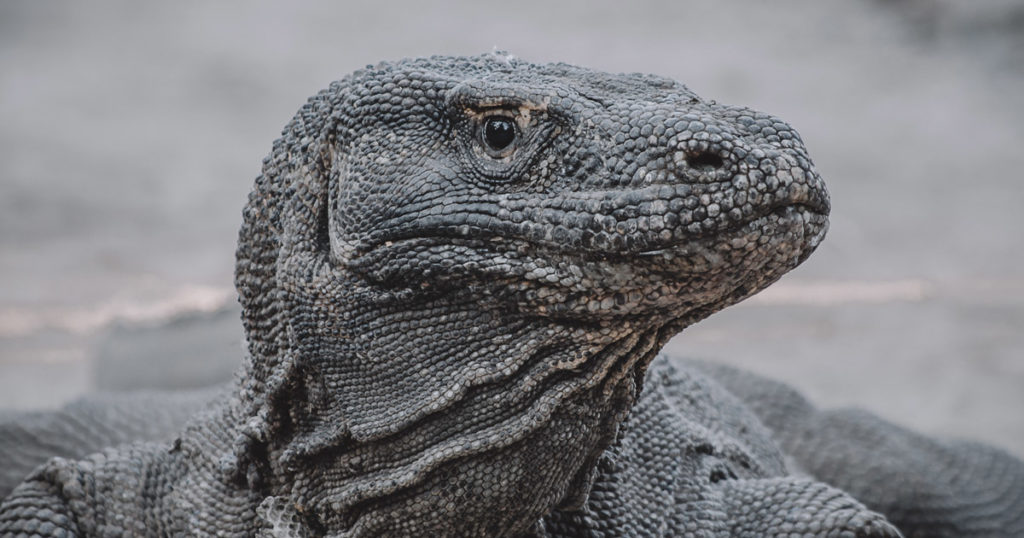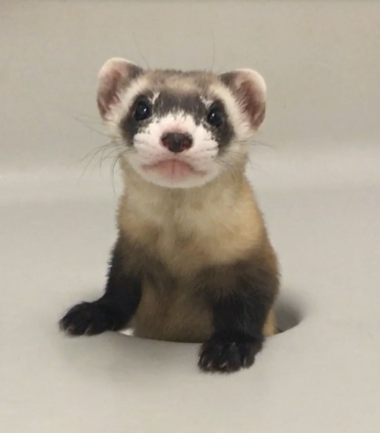Komodo Dragons are not only the largest lizard on Earth but also one of the most ferocious species with a fearsome reputation. The carnivorous beast can grow up to 10 feet long and can detect flesh from miles away. However, the Komodo Dragon’s serrated teeth, armored scales, and venom-laced saliva are still being outmatched by its biggest competitor: extinction.
The Komodo Dragon was previously named a “vulnerable” species by the conservation organization before being reclassified as “endangered.” There is hope that this change in status will encourage policymakers and conservation groups to strengthen and expand protections.

25 years ago, there were somewhere between 5,000 and 8,000 Komodo Dragons. Today, there are an estimated 1,380 adults and 2,000 juveniles in the wild. The Komodo Dragon is moving towards extinction.
Continue reading “Fighting Extinction: Komodo Dragons At Risk”
 This week science lost a celebrity of the most unusual sort. Known to people around the world as Lonesome George, he was recognized as the last living member of his subspecies, the Pinta giant tortoise (Geochelone abingdoni) one of the giant tortoises of the Galapagos Islands. These slow and steady creatures hold a special place in science history. Observing differences between the giant tortoise populations of different Galapagos Islands helped a young Charles Darwin develop his theory of evolution.
This week science lost a celebrity of the most unusual sort. Known to people around the world as Lonesome George, he was recognized as the last living member of his subspecies, the Pinta giant tortoise (Geochelone abingdoni) one of the giant tortoises of the Galapagos Islands. These slow and steady creatures hold a special place in science history. Observing differences between the giant tortoise populations of different Galapagos Islands helped a young Charles Darwin develop his theory of evolution. 